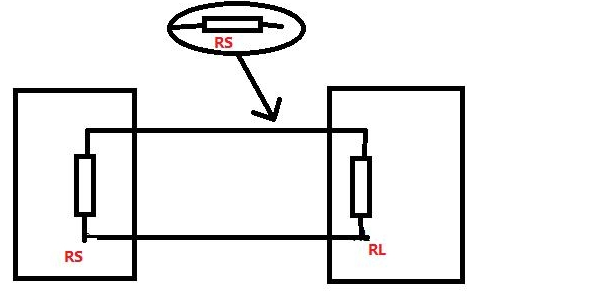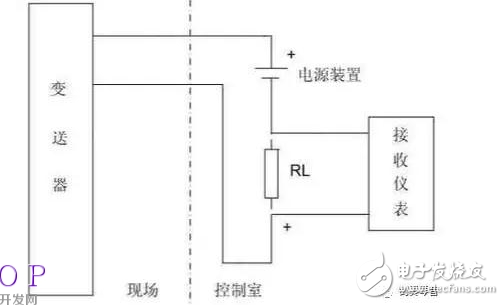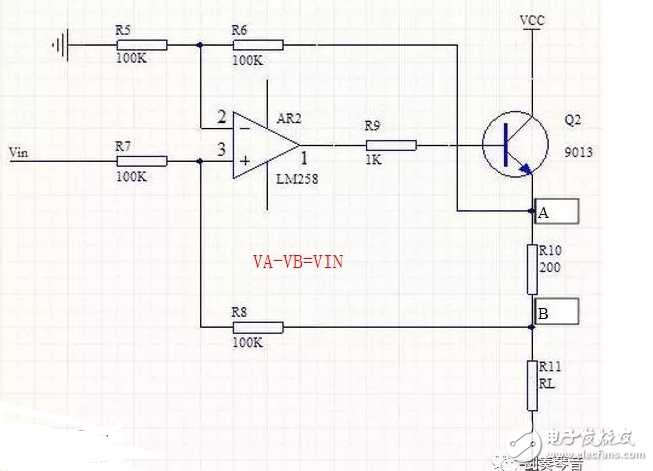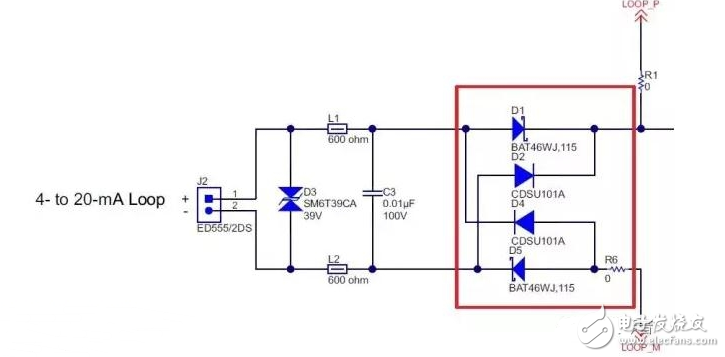In industrial automation, the 4-20 mA signal is a widely used standard for analog signal transmission in process control systems. This current-based signal is designed to provide reliable and accurate data transfer over long distances. It's commonly used in field instruments where the output signal ranges from 4 mA (representing zero) to 20 mA (representing full scale). If the output drops below 4 mA, it's typically interpreted as a zero value or a fault condition on the input side.
The 4-20 mA signal system, along with the 1-5 V DC signal, is an international standard defined by the International Electrotechnical Commission (IEC). China has adopted this standard through its DDZ-III electric instrumentation system. In this system, the transmission signal uses 4-20 mA DC, while the contact signal uses 1-5 V DC. This configuration allows for current-based transmission and voltage-based reception, making it ideal for industrial environments.
One of the main advantages of the 4-20 mA signal is its ability to transmit analog signals over long distances without significant loss. Unlike voltage signals, which are affected by line resistance and voltage drop, current signals remain stable. Additionally, current signals are less susceptible to electromagnetic interference. This is because the internal resistance of external noise sources is high, while the load impedance in a current loop is relatively low, reducing the impact of interference.

The 4-20 mA signal was originally implemented using a four-wire system, where two wires provided power and the other two carried the current loop. However, as technology advanced, the two-wire system became more popular. This design allows both power and signal transmission to occur over the same pair of wires, making it more efficient and cost-effective. The choice of 4-20 mA as the standard range was based on several factors, including the need to avoid ambiguity between 0 mA and mechanical zero, and the ability to use 4 mA to power the sensor itself. The upper limit of 20 mA also ensures safety in hazardous environments, preventing potential gas explosions due to excessive current.

A simple 4-20 mA generation circuit can operate in a two-wire system and does not require an external power supply. This makes it suitable for applications where space and power constraints are critical. On the other hand, some circuits, like the Jin Shengyang 4-20 mA conversion module, use electromagnetic isolation to improve reliability and reduce noise interference. These modules are often used in environments where signal integrity is crucial.
Another type of 4-20 mA circuit uses a passive two-wire system that requires an external power supply. In this configuration, current flows from ground, so the sensor’s quiescent current must be kept below 4 mA to ensure proper operation. This design is common in applications where power efficiency and signal accuracy are important.

For practical application, it's recommended to use twisted-pair cables, especially for long-distance transmissions, to minimize interference. Proper grounding is also essential to maintain signal stability. Before deploying the system, it's important to calibrate and zero the signal to ensure accuracy. These steps help in achieving reliable and consistent performance in industrial settings.

In summary, the 4-20 mA signal remains a cornerstone in industrial control due to its robustness, accuracy, and ease of implementation. Whether in a two-wire or four-wire system, it continues to be a preferred choice for transmitting analog signals in demanding environments.
Flat Single Axis Solar Tracker System
Flat Single Axis Solar Tracker System,Single Axis Solar Tracker System,Single Axis Solar Tracker System customization
Hebei Jinbiao Construction Materials Tech Corp., Ltd. , https://www.pvcarportsystem.com